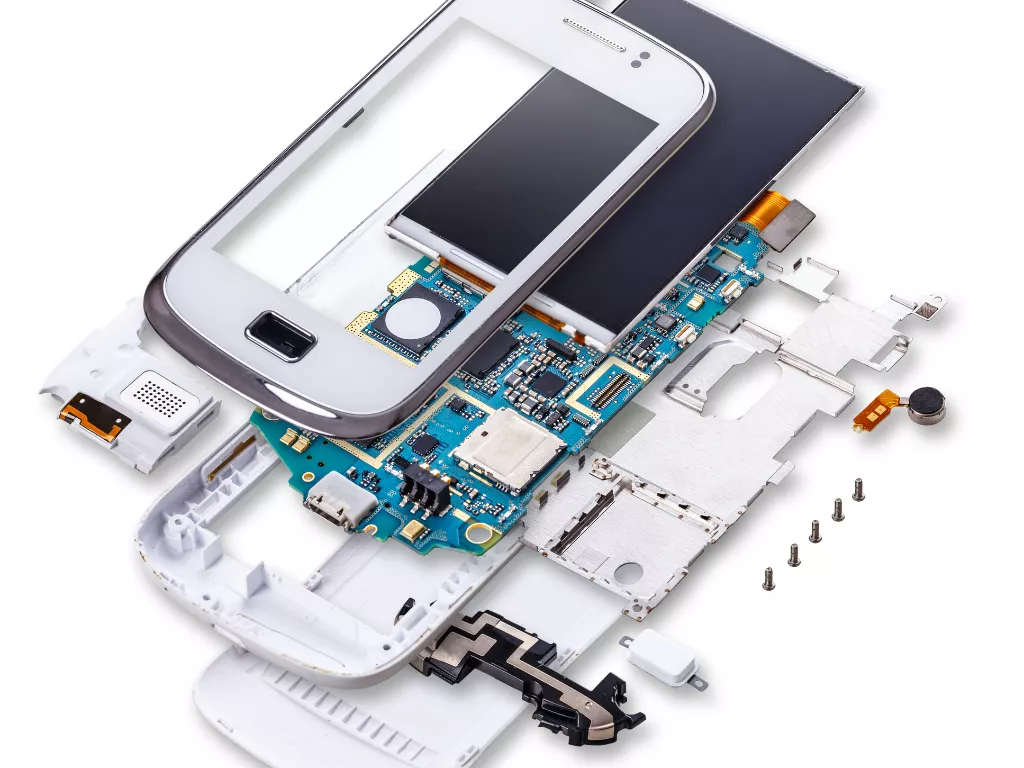Design for Disassembly: A Path to Sustainable Product Lifecycles
2 January 2025
In an era where sustainability is paramount, the “Design for Disassembly” (DfD) concept has emerged as a pivotal strategy in product design and manufacturing. DfD refers to the design of products in such a way that they can be easily disassembled for repair, recycling, or upgrading. This approach not only extends the lifecycle of products but also significantly reduces environmental impact.

